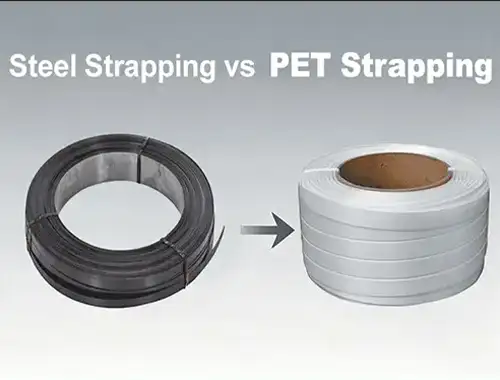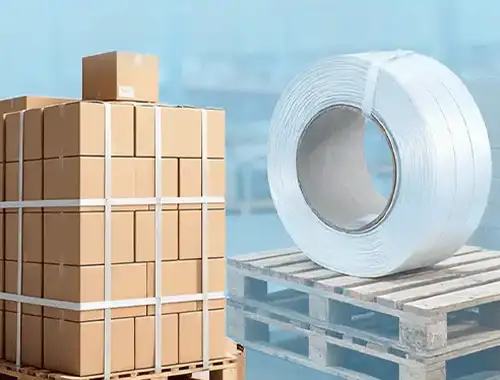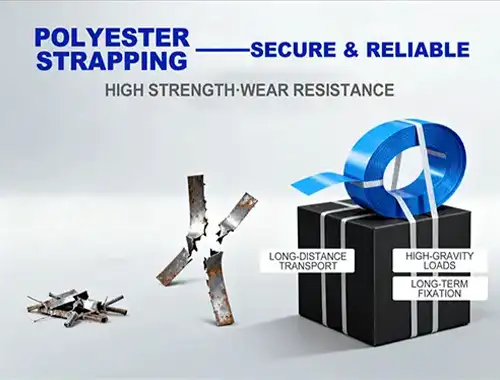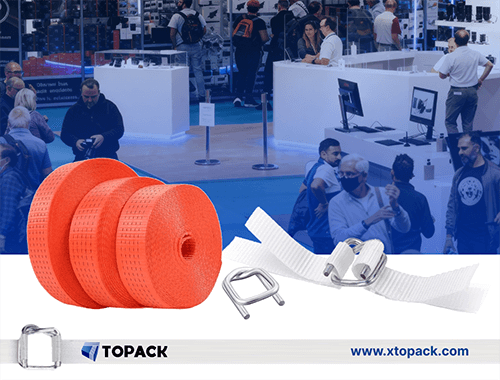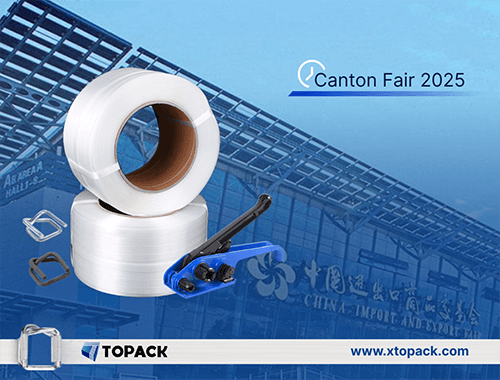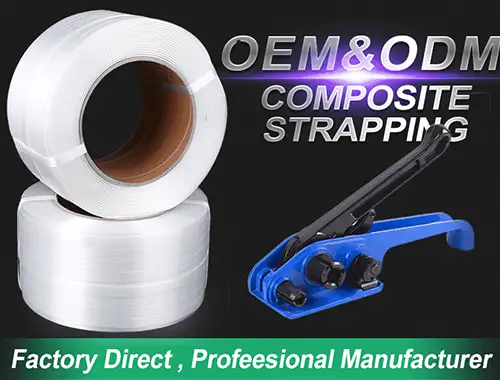Introduction
When it comes to heavy-duty packaging, many companies have relied on steel strapping for decades. However, with the rise of PET strapping (polyester strapping), the industry has started asking:
“Can PET strapping really replace steel?”
The short answer is: yes, but only under specific conditions.
This article explains the differences between PET and steel strapping, their advantages, and when PET can be a cost-effective and safe replacement for steel.
What Is PET Strapping?
PET strapping (polyester strap) is a high-strength plastic banding material widely used for securing pallets, bundles, and heavy goods.
- Lightweight but strong: high tensile strength with lower weight than steel
- Corrosion-free: unlike steel, PET straps do not rust
- Eco-friendly: 100% recyclable, reducing environmental impact
- Cost-effective: lower raw material and handling cost compared to steel
Can PET Strapping Replace Steel Strapping?
In many applications, PET strapping can replace steel strapping due to its excellent tensile strength and elongation.
✅ Where PET can replace steel
- Timber packaging
- Stone, tiles, and sheet products
- Cartons, pallets, and crates up to 2 tons
- Logistics where flexibility and cost-saving are priorities
- Extremely heavy loads over 5 tons (e.g., large glass boxes, heavy machinery)
👉 For example, PET strapping is usually available up to 32mm width, with stable performance at 25mm width, meaning it can handle loads of around 1 ton. For products within this range, PET is a perfect substitute.
PET vs. Steel Strapping: Key Differences
| Feature | PET Strapping (Polyester) | Steel Strapping |
|---|---|---|
| Strength | High tensile strength (up to 1 ton per strap) | Higher breaking strength |
| Weight | Lightweight, easy to handle | Heavy, more labor-intensive |
| Safety | Safer to handle, no sharp edges | Can cause cuts and injuries |
| Corrosion | Rust-free | Prone to rust and staining |
| Cost | Lower overall cost | Higher raw material cost |
| Recyclability | 100% recyclable | Limited recyclability |
How to Recommend the Right Strap to Customers
Choosing between PET and steel strapping depends on application requirements.
- For medium-duty loads (below 2 tons): PET strapping is recommended.
- For heavy-duty industrial loads (5 tons or more): steel strapping may still be necessary.
- For uncertain cases: always provide samples and testing instead of relying on indicators alone.
This approach ensures safety, customer satisfaction, and market growth for PET strapping solutions.
Conclusion
PET strapping is a strong, eco-friendly, and cost-effective alternative to steel in many packaging applications. While it cannot completely replace steel strapping in extreme heavy-duty cases, it is increasingly becoming the mainstream choice for modern logistics and packaging industries.
At Xtopack, we manufacture high-quality PET strapping and composite strapping designed to optimize load security, reduce costs, and meet global environmental standards.
👉 Contact us today for samples and expert recommendations on whether PET strapping is the right choice for your packaging needs.

